Material corrosion is a common problem faced by all mankind, which is called the cancer of metal, the fire without flame, and the hidden killer. According to the WCO, corrosion costs between 3.0% and 5.0% of global GDP. Compared with natural disasters, corrosion is not "earth-shattering" at all, but silently invading all aspects of people's lives, bringing great damage. Corrosion refers to the chemical or electrochemical interaction between the material and the environmental medium, resulting in deterioration and destruction of the material.
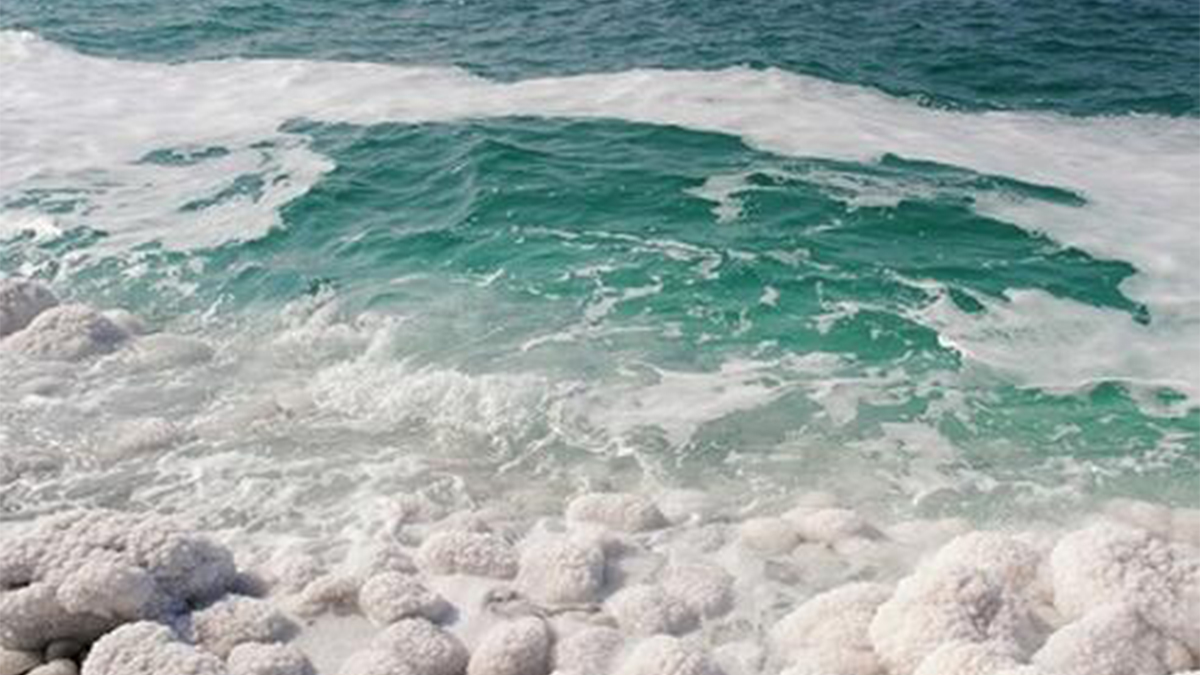
Salt spray corrosion is one of the most common and destructive atmospheric corrosion. Oxygen, humidity, temperature change and pollutants in the atmosphere all constitute the relevant corrosion components and factors. The corrosion of metal materials by salt spray is mainly caused by the infiltration of conductive salt solution into the metal and the electrochemical reaction occurs, forming a "low-potential metal-electrolyte solution-high-potential impurity" microbattery system, and electron transfer occurs. The main component of the salt solution is sodium chloride, which mainly comes from the ocean and the inland saline-alkali areas.
The salt spray chamber is used to perform this salt spray test, providing a high concentration of closed salt spray environment to accelerate the corrosion of salt spray on materials. The salt spray test chamber provides an important reference and test sample for product quality control and improvement of material resistance to salt spray corrosion.
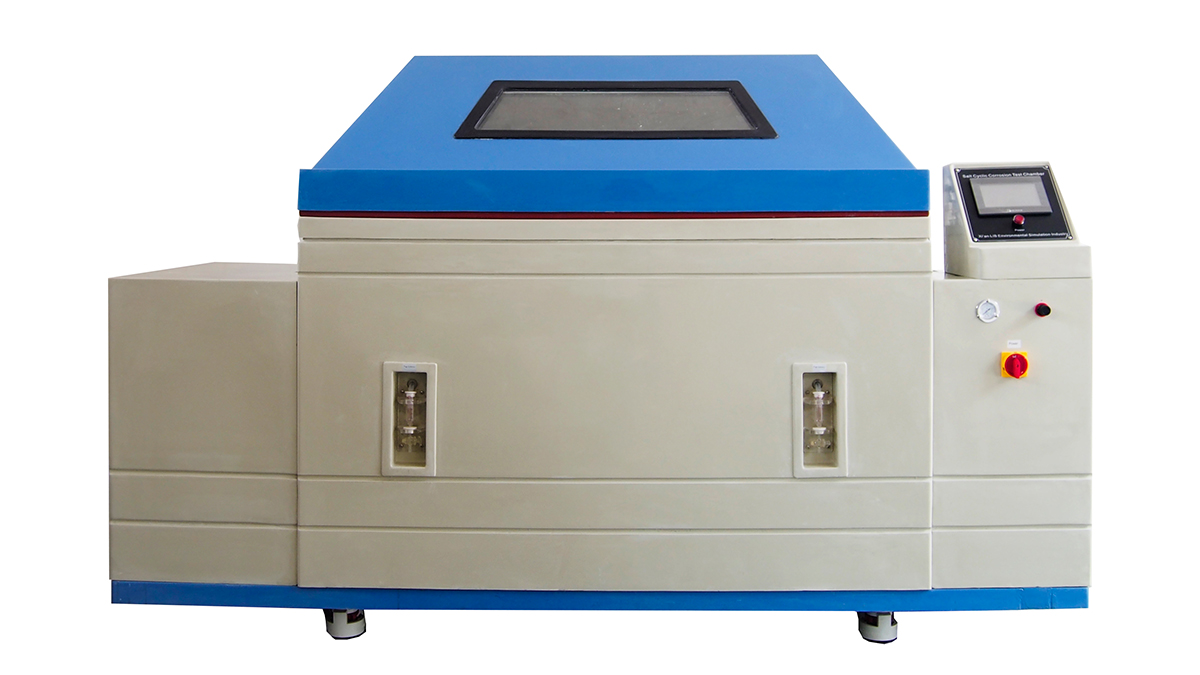
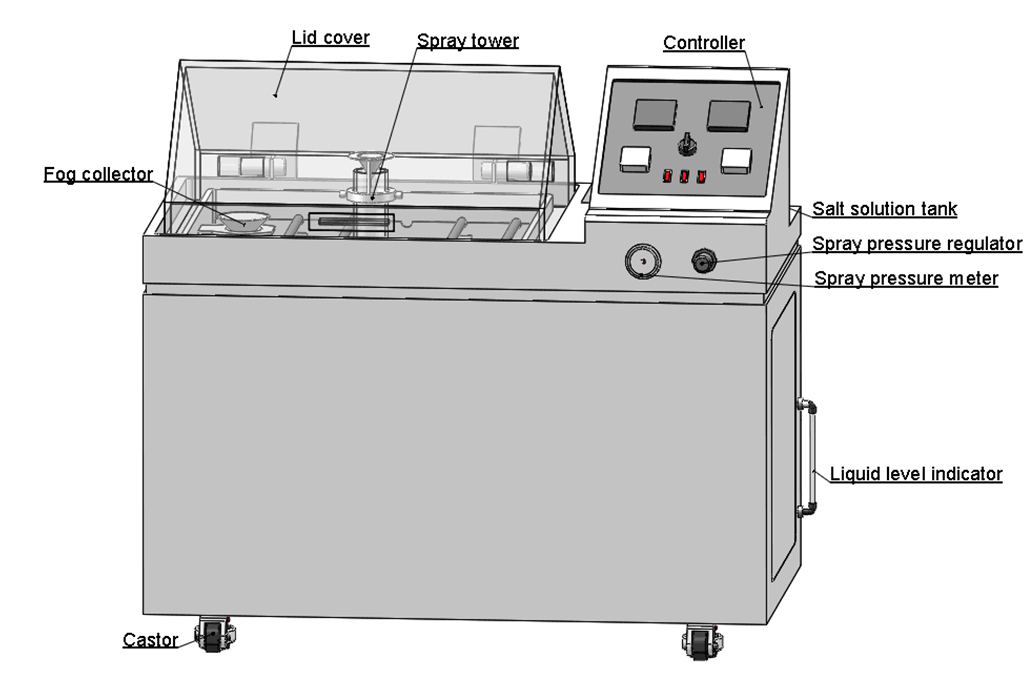
The core function is salt spray system, which constitutes salt spray device, salt water tank, saturated barrel.
The air compressor sends the gas into the nozzle, and the salt water tank supplies the brine to the nozzle suction pipe. The compressed air rushes out from the nozzle and generates negative pressure above the suction pipe. Under the action of the salt water under the negative pressure, the glass nozzle quickly shoots to the top cone, forming a small spray, and spreading to the entire working space to form a diffuse state, forming a salt spray environment, and fully contact with the sample. The saturated bucket is to heat and humidify the air from the air compressor into the inside of the saturated bucket (so that the temperature in the workroom is uniform) and filter impurities, so that the brine does not crystallize.
Neutral salt spray test is the earliest and most widely used accelerated corrosion test method. Under normal circumstances, it uses 5% sodium chloride brine solution, and the PH value of the solution is adjusted in the neutral range (6.5 ~ 7.2) as a spray solution. The test temperature was set at 35℃, and the sedimentation volume was generally between 1 ~ 2ml/80cm².h.
The acetic acid salt spray test was developed on the basis of the neutral salt spray test. It is to add some glacial acetic acid to 5% sodium chloride solution, so that the PH value of the solution is reduced to about 3, the solution becomes acidic, and the salt spray finally formed is also changed from neutral salt spray to acidic. Its corrosion rate is about 3 times faster than the NSS test.
The test temperature was 50℃, and O.26g/L cuprous chloride was added into 5% sodium chloride solution, and the pH value was adjusted with glacial acetic acid =3.2±0.1. The acidic solution was sprayed onto the surface of the plating to strongly induce corrosion. Its corrosion rate is about 8 times that of the NSS test.
The AASS test, CASS test are harsher than the neutral salt spray test.
Before the salt spray corrosion test, the sample needs to be cleaned, polished, marked and other treatment to remove surface dirt and impurities to ensure the accuracy of the test results.
Test personnel need to determine the salt spray concentration, temperature, test time and other parameters according to the nature of the sample, the use of the environment and relevant standards. In addition, factors such as the placement of the sample and the spray Angle need to be considered to ensure that the salt spray can evenly cover the sample surface.
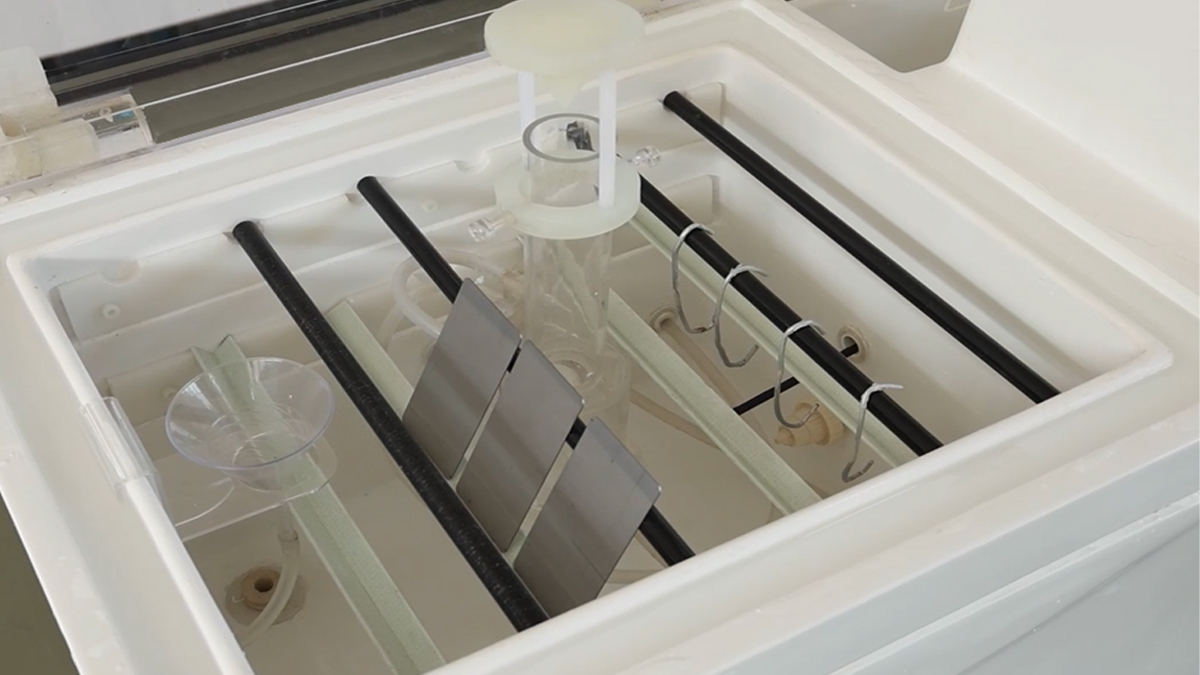
When the test began, the salt spray was sprayed out of the salt spray test chamber and the sample was enveloped in mist. The test personnel can monitor the operation of the equipment and the working room in real time through the observation window, and can also monitor the environmental parameters in the test chamber through the controller.
With the passage of time, the surface of the sample gradually showed signs of corrosion, such as rust, peeling, discoloration. The experimenters need to closely observe these changes and record the relevant data and phenomena. At the same time, by analyzing the data changes during the test, such as the change of resistance value, weight loss, etc., the corrosion resistance of the sample can be more deeply understood.
For example, judging the situation of the coating on the metal plate with paint coating, the early corrosion phenomenon can be found through the salt spray test, so as to improve the material and process in time, and improve the quality and reliability of the product.
As an important tool to reveal the corrosion resistance code of materials, salt spray test chamber plays an irreplaceable role in ensuring product quality and promoting technological innovation. Salt spray test is a kind of evaluation method for artificial atmospheric accelerated corrosion protection. The salt concentration of chloride in the salt spray environment is several times or dozens of times the salt spray content in the general natural environment, which greatly increases the corrosion rate. Salt spray test was carried out on the product. The time to obtain results is also greatly reduced. Corrosion testing of a product sample under natural conditions can take a year or even several years, while testing under artificial simulated salt spray environmental conditions only takes days or even hours to get similar results.
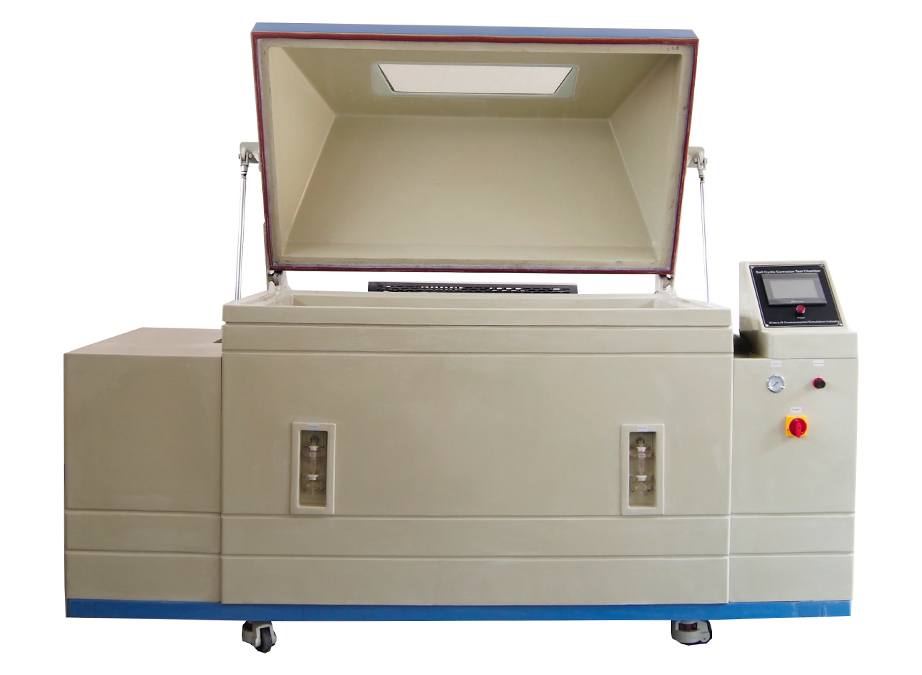
It not only provides a reliable means of quality control for industrial production, but also brings more safety and convenience to our daily life. In the future, with the continuous progress of technology, salt spray test chambers will continue to play an important role in the development of materials science and contribute to the quality improvement of various industries.
The above is the introduction of the thermal chamber, if you want to know more information, click here to view the more types of salt spray chambers details.
If you need professional help and solutions, please contact us inquiry@libtestchamber.com , professional team is online to provide you with tailor-made solutions.